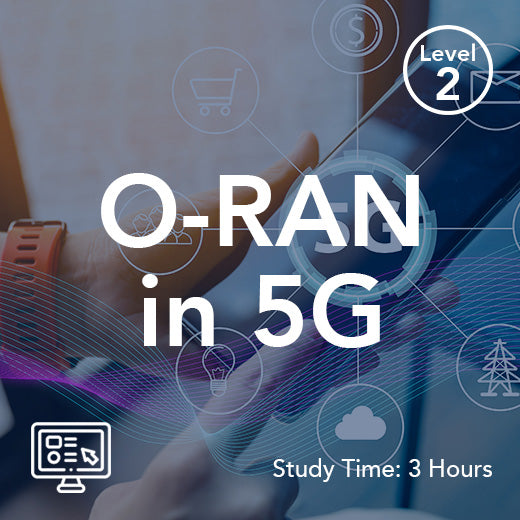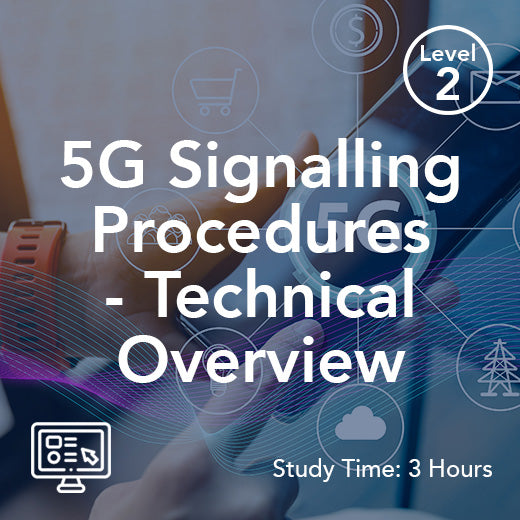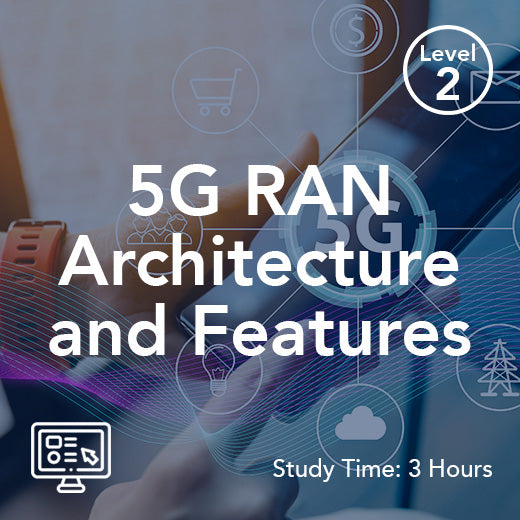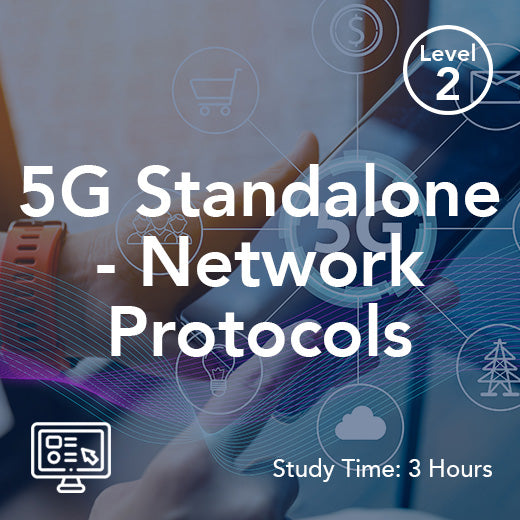What is hybrid 5G architecture?
- , by Paul Waite
- 3 min reading time
5G technology is the next generation of mobile communication networks, promising faster speeds, lower latency, and increased capacity compared to its predecessor, 4G. As the demand for high-speed internet and data-intensive applications continues to grow, the deployment of 5G networks has become a top priority for mobile operators around the world. However, the transition to 5G is not as simple as upgrading existing infrastructure. To fully harness the potential of 5G technology, operators must rethink their network architecture and adopt a more flexible and scalable approach.
One of the key concepts in 5G architecture is the hybrid approach, which combines elements of both centralized and distributed networks. In a traditional centralized network, all processing and control functions are performed in a central data center, while in a distributed network, these functions are distributed across multiple edge nodes closer to the end-users. A hybrid 5G architecture aims to strike a balance between these two approaches, leveraging the benefits of both centralized and distributed networks to optimize performance and efficiency.
In a hybrid 5G architecture, the core network is typically centralized, while the radio access network (RAN) is distributed. This means that the core network functions, such as routing, session management, and policy enforcement, are centralized in a data center, while the RAN functions, such as radio resource management, beamforming, and handover, are distributed across multiple small cells or base stations. This allows operators to take advantage of the low latency and high bandwidth capabilities of centralized networks, while also benefiting from the scalability and flexibility of distributed networks.
One of the key advantages of a hybrid 5G architecture is its ability to support a wide range of use cases and applications. By combining centralized and distributed networks, operators can tailor their network architecture to meet the specific requirements of different services, such as enhanced mobile broadband (eMBB), ultra-reliable low-latency communications (URLLC), and massive machine-type communications (mMTC). This flexibility allows operators to optimize their network resources and deliver a superior user experience across a variety of applications and devices.
Another benefit of a hybrid 5G architecture is its ability to improve network performance and efficiency. By offloading some of the processing and control functions to edge nodes, operators can reduce latency and congestion in the network, leading to faster speeds and improved quality of service for end-users. Additionally, the distributed nature of the RAN allows operators to deploy small cells in high-traffic areas, increasing network capacity and coverage without the need for expensive infrastructure upgrades.
Despite its many advantages, implementing a hybrid 5G architecture is not without its challenges. Operators must carefully design and optimize their network architecture to ensure seamless integration between centralized and distributed networks. They must also invest in new technologies, such as software-defined networking (SDN) and network function virtualization (NFV), to enable dynamic resource allocation and management across the network.
In conclusion, a hybrid 5G architecture offers a flexible and scalable approach to deploying next-generation mobile networks. By combining the benefits of centralized and distributed networks, operators can optimize performance, efficiency, and user experience across a wide range of applications and services. While the implementation of a hybrid 5G architecture may present challenges, the potential benefits far outweigh the costs, making it a compelling choice for operators looking to unlock the full potential of 5G technology.
One of the key concepts in 5G architecture is the hybrid approach, which combines elements of both centralized and distributed networks. In a traditional centralized network, all processing and control functions are performed in a central data center, while in a distributed network, these functions are distributed across multiple edge nodes closer to the end-users. A hybrid 5G architecture aims to strike a balance between these two approaches, leveraging the benefits of both centralized and distributed networks to optimize performance and efficiency.
In a hybrid 5G architecture, the core network is typically centralized, while the radio access network (RAN) is distributed. This means that the core network functions, such as routing, session management, and policy enforcement, are centralized in a data center, while the RAN functions, such as radio resource management, beamforming, and handover, are distributed across multiple small cells or base stations. This allows operators to take advantage of the low latency and high bandwidth capabilities of centralized networks, while also benefiting from the scalability and flexibility of distributed networks.
One of the key advantages of a hybrid 5G architecture is its ability to support a wide range of use cases and applications. By combining centralized and distributed networks, operators can tailor their network architecture to meet the specific requirements of different services, such as enhanced mobile broadband (eMBB), ultra-reliable low-latency communications (URLLC), and massive machine-type communications (mMTC). This flexibility allows operators to optimize their network resources and deliver a superior user experience across a variety of applications and devices.
Another benefit of a hybrid 5G architecture is its ability to improve network performance and efficiency. By offloading some of the processing and control functions to edge nodes, operators can reduce latency and congestion in the network, leading to faster speeds and improved quality of service for end-users. Additionally, the distributed nature of the RAN allows operators to deploy small cells in high-traffic areas, increasing network capacity and coverage without the need for expensive infrastructure upgrades.
Despite its many advantages, implementing a hybrid 5G architecture is not without its challenges. Operators must carefully design and optimize their network architecture to ensure seamless integration between centralized and distributed networks. They must also invest in new technologies, such as software-defined networking (SDN) and network function virtualization (NFV), to enable dynamic resource allocation and management across the network.
In conclusion, a hybrid 5G architecture offers a flexible and scalable approach to deploying next-generation mobile networks. By combining the benefits of centralized and distributed networks, operators can optimize performance, efficiency, and user experience across a wide range of applications and services. While the implementation of a hybrid 5G architecture may present challenges, the potential benefits far outweigh the costs, making it a compelling choice for operators looking to unlock the full potential of 5G technology.

































